- Cataract
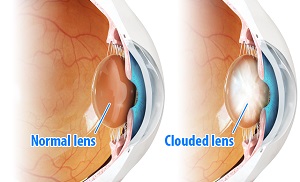
A cataract is a condition which causes clouding of lens in the eye resulting in blurry vision. The lens is situated behind the iris, the dark portion of the eye, and is not visible. When a cataract occurs, the lens becomes cloudy and is seen as a white cloudy ball in the center of the iris.
Know More Launch Movie - Glaucoma

Glaucoma is an eye disease that adversely affects the optic nerve. If left untreated glaucoma leads to progressive vision loss and ultimately blindness. It is most common in older people, though it may occur at any age.
Know MoreLaunch Movie - Eyelid Disorders

Entropion is a condition characterized by the inward folding of the eyelids (usually the lower lid). This can cause the eyelashes and skin to rub against the surface of the eye leading to irritation and damage to the eye.
Know More - Dry Eyes

Dry eyes, also called keratoconjunctivitis sicca, is a medical condition caused due to a lack of adequate tears in your eyes. As a result, your eyes aren’t properly lubricated, and you may feel discomfort such as a burning or stinging sensation in your eyes.
Know More Launch Movie - Blepharitis

Inflammation of the eyelids is referred to as blepharitis. Blepharitis causes red, itchy, and swollen eyelids. The condition usually affects both eyes along the edges of your eyelids. Blepharitis can be difficult to treat sometimes. However, it does not cause any permanent damage to your eyesight.
Know More - Chalazion
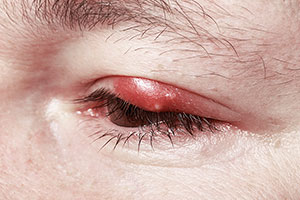
The diagnosis of a chalazion is based on medical history and the physical examination of the eyes as well as eyelid margins.
Know More - Tear Duct Obstruction
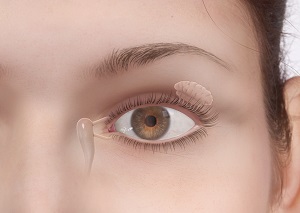
The tear duct is a membranous canal that drains the tears from the eyes into the nasal cavity. Blocked tear ducts also are known as dacryostenosis or congenital lacrimal duct obstruction is a common condition in infants that may affect one or both eyes.
Know More - Refractive Errors
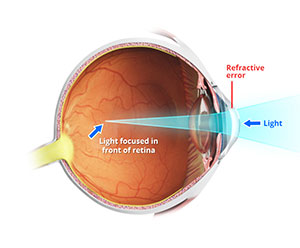
Refractive errors are common vision problems in which your eyes are not able to focus clearly on an object. It occurs when light rays from an object do not focus correctly on the retina (light-sensitive inner back layer of the eye).
Know More - Subconjunctival Hemorrhage
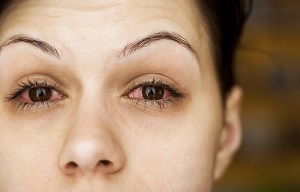
Subconjunctival hemorrhage is bleeding under the conjunctiva caused by the rupture of these blood vessels. It appears as a red patch on the white of the eye. Subconjunctival hemorrhage does not usually affect your vision or cause pain or discharge from the eyes but you may experience itching of the eye.
Know More - Pterygium
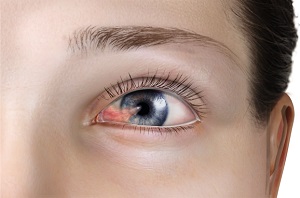
- Hyphema
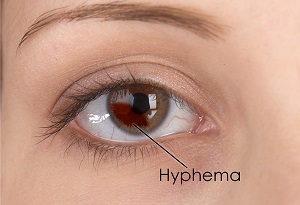
Hyphema is a condition in which blood accumulates in the front chamber of the eye, between the cornea (white of the eye) and iris (colored region of the eye).
Know More - Herpetic Eye Disease
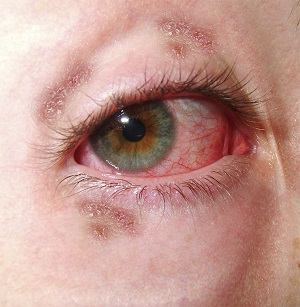
Herpetic eye disease is an eye infection caused by type 1 herpes simplex virus (HSV-1), the same virus that causes cold sores and chickenpox.
Know More - Acute/ Chronic/Recurrent Iridocyclitis
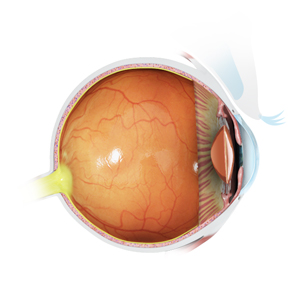
Acute/ Chronic/Recurrent Iridocyclitis are sub-types of a condition called uveitis. Uveitis is a condition causing inflammation of the middle eye or uvea.
Know More - Chemical Burn
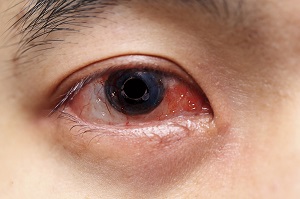
The exposure of your eyes to chemicals may cause burns. Chemical burns usually affect the front of the eye, causing pain, tearing, irritation, redness, swelling of the eyelids, inability to keep your eyes open, blurred vision, and a feeling of something in the eye.
Know More - Conjunctival & Corneal Tear
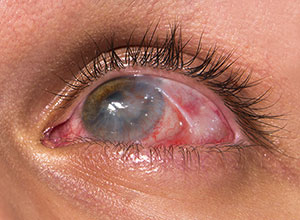
The conjunctiva is a thin mucous membrane that lines the inner surface of the eyelid and the white part of the eyeball.
Know More - Repair of Conjunctival & Corneal Tear
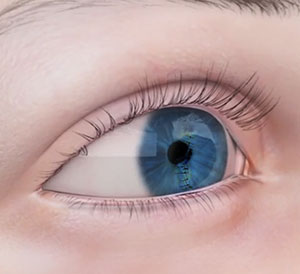
A conjunctival & corneal tear is defined as damage or scratch caused on the delicate surface of the conjunctiva (a thin mucous membrane lining the inner surface of the eyelid) and cornea (transparent, protective tissue covering the white part of the eye).
Know More - Corneal Opacity
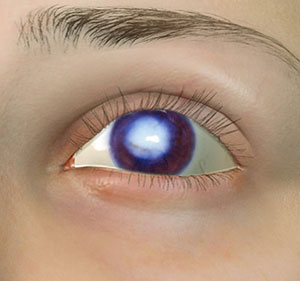
Corneal opacity is an eye disorder that occurs due to the scarring of the cornea, making the cornea appear cloudy or white.
Know More - Corneal Ulcer
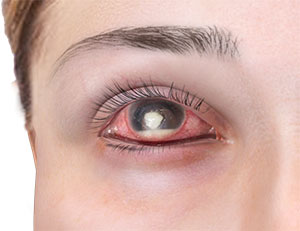
A corneal ulcer is an open sore that appears as a grey-to-white region on the cornea, the transparent structure covering the colored part (iris) of your eye.
Know More - Ocular/Orbital Trauma
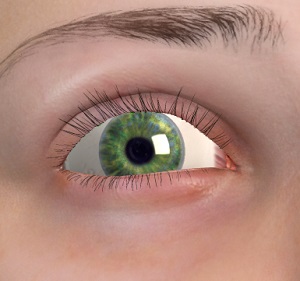
The eye is a delicate and sensitive organ. An injury to the eye from contact sports or a motor vehicle accident can often result in trauma to the orbit. The orbit is the bony cavity of the skull that surrounds and protects the eyeball and includes muscles and nerves attached to the eye.
Know More - Treatment of Ocular/Orbital Trauma
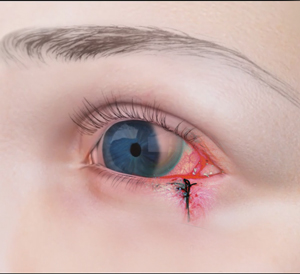
Early repair of lid lacerations provides less edema and better protection of the corneal tissue. Your surgeon will administer anesthesia and clean the wound by irrigating it with saline solution.
Know More - Eyelid Cyst
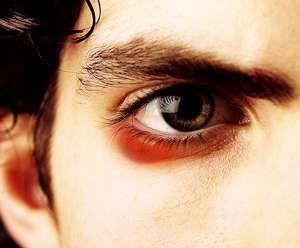
An eyelid cyst is non-communicable and usually does not affect vision, but a large lump can put pressure on the eye. Chalazion is commonly seen in adults 30 to 50 years of age, and also in children.
Know More - Optic Nerve Atrophy
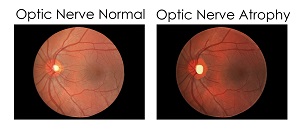
Optic nerve atrophy is a condition in which a few or most of the optic nerve fibers are lost causing disruption of information sent to the brain. It is characterized by blurred vision, decreased perception of brightness, abnormal side and color vision.
Know More - Optic Neuropathy
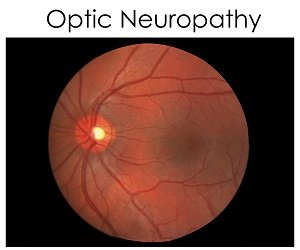
Optic nerves carry information from the eyes to the brain. Damage caused to the optic nerves disrupts the vision of the eye and is termed optic neuropathy.
Know More - Pars Planitis/Intermediate Uveitis
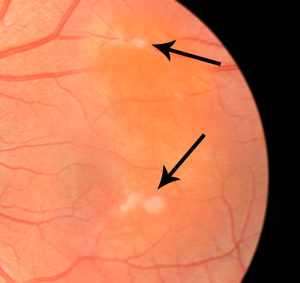
Pars planitis is inflammation of a part of the eye called the pars plana. The pars plana is a part (posterior ring) of the ciliary body, the circumferential tissue behind the iris responsible for making the fluid in the eye that nourishes the lens and cornea.
Know More - Posterior Uveitis
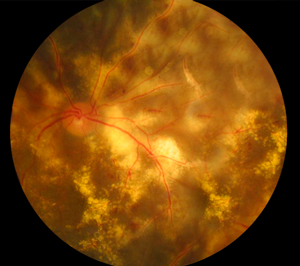
Posterior uveitis is one of the four forms of uveitis (anterior uveitis, intermediate uveitis, posterior uveitis, and panuveitis) that causes inflammation in the back part of the uvea.
Know More - Diseases of Cornea
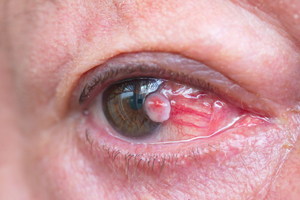
Diseases of the cornea are conditions or disorders that disrupt the normal functioning of the cornea.
Know More - Temporal Arteritis
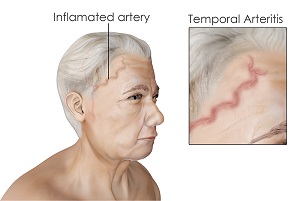
Temporal arteritis is a condition in which these blood vessels are damaged or inflamed. The condition may be caused by a faulty immune response, high doses of antibiotics or severe infections.
Know More - Traumatic Iritis

Traumatic iritis can be treated using cycloplegic drops (eye drops which paralyze the cells of the iris to reduce pain) and steroid eye drops, which help to reduce inflammation in the iris.
Know More - Ocular/Orbital Tumors

Ocular tumor is a general term that includes the various types of tumors (abnormal mass of tissue) that can develop in different parts of the eye. An ocular tumor occurs when cells in or around the eye start to divide and multiply uncontrollably. Unfortunately, what triggers this abnormal growth of cells in some people continues to be a mystery.
Know More - Pediatric Eye Problems

Most pediatric eye problems can be diagnosed by discussing the signs and symptoms with your doctor or an eye specialist and undergoing a full eye examination.
Know More

